I realise this question might seem similar to other questions asked on the site. But what I'm asking is actually completely different.
Suppose I have a 5ohm resistive load hooked up to a 10v battery. The current drawn by the load would be equal to the current through the circuit, right?(assuming the load is connected in series). Using ohm's law, the current through the circuit would hence be 2A.
Now,if I connect the same 5ohm resistive load to a 15V battery, the current through the circuit would be 3A, using ohm's law.
So doesn't the same load draw different currents when the supply voltage changes? If that's the case, why do we say "current drawn depends on the type of load connected"?
Moreover does the above reasoning of using ohm's law hold valid for any type of load? (i.e. L load, C load, RL load or a combination of all 3)
Edit: this highly upvotedsays that for a constant voltage supply, current drawn depends on load. So how does the load draw two different currents for two different voltages?


